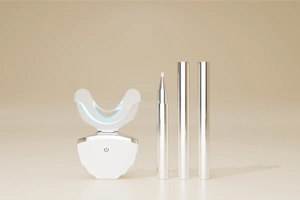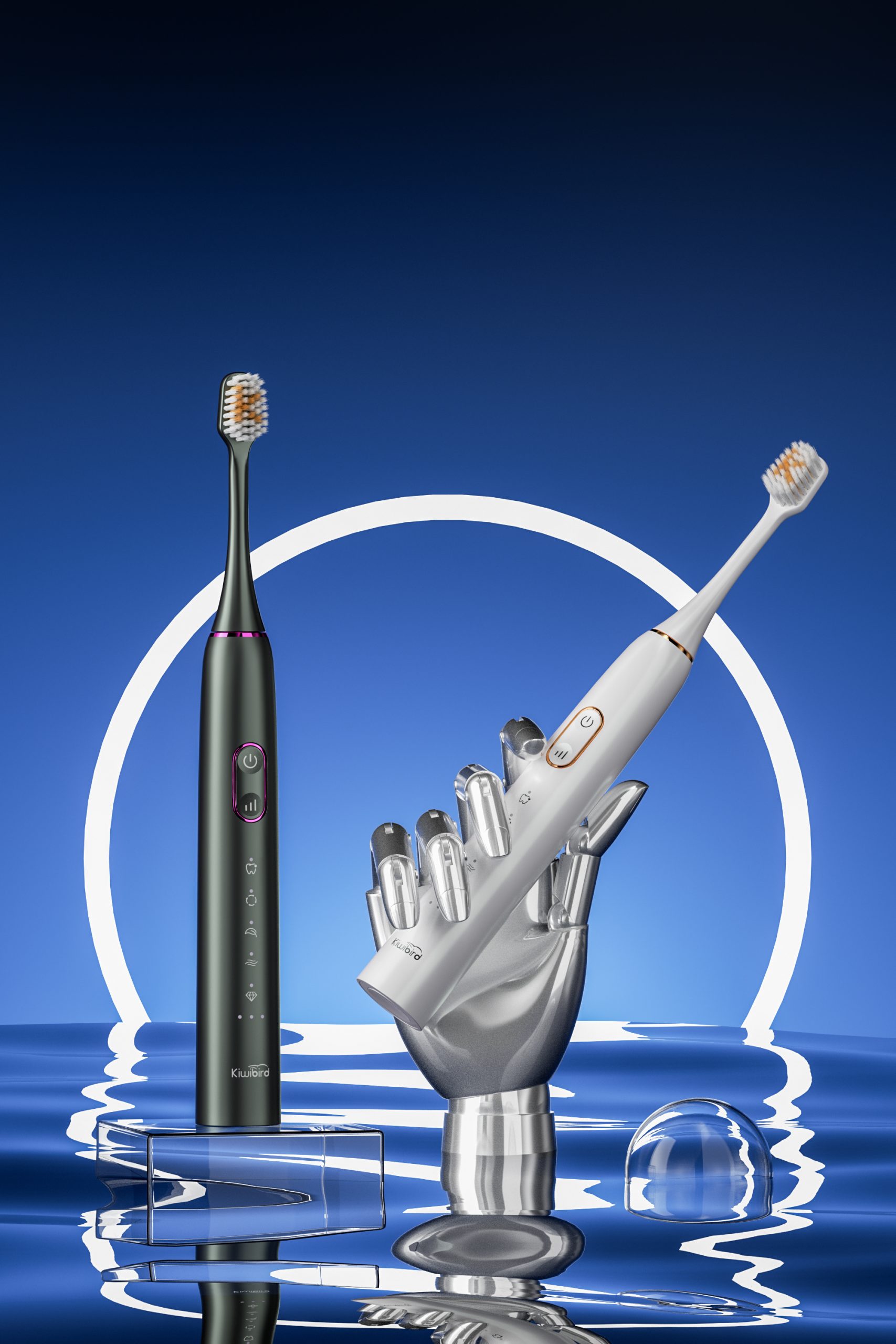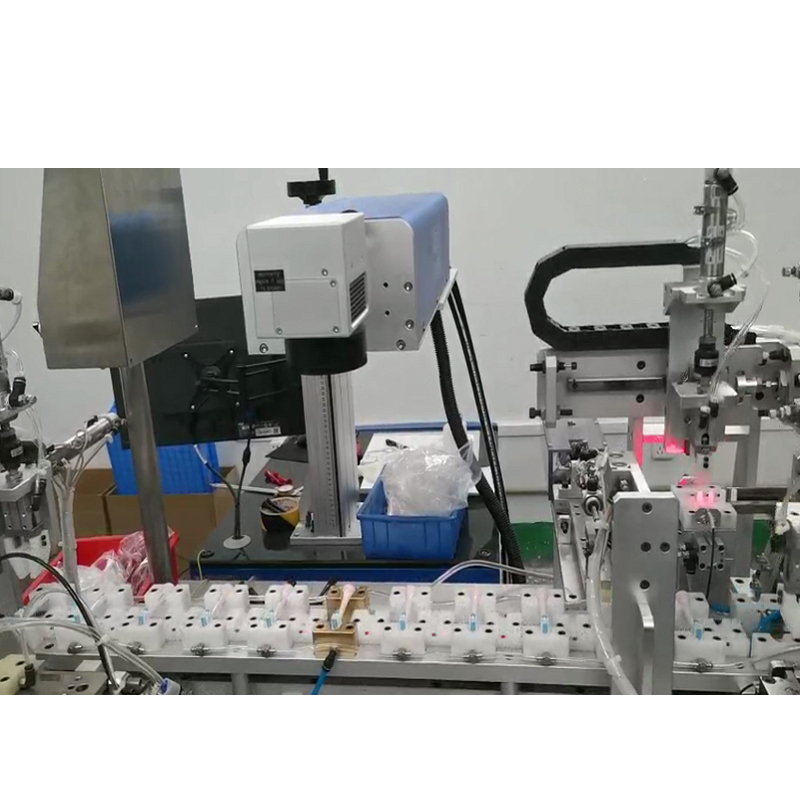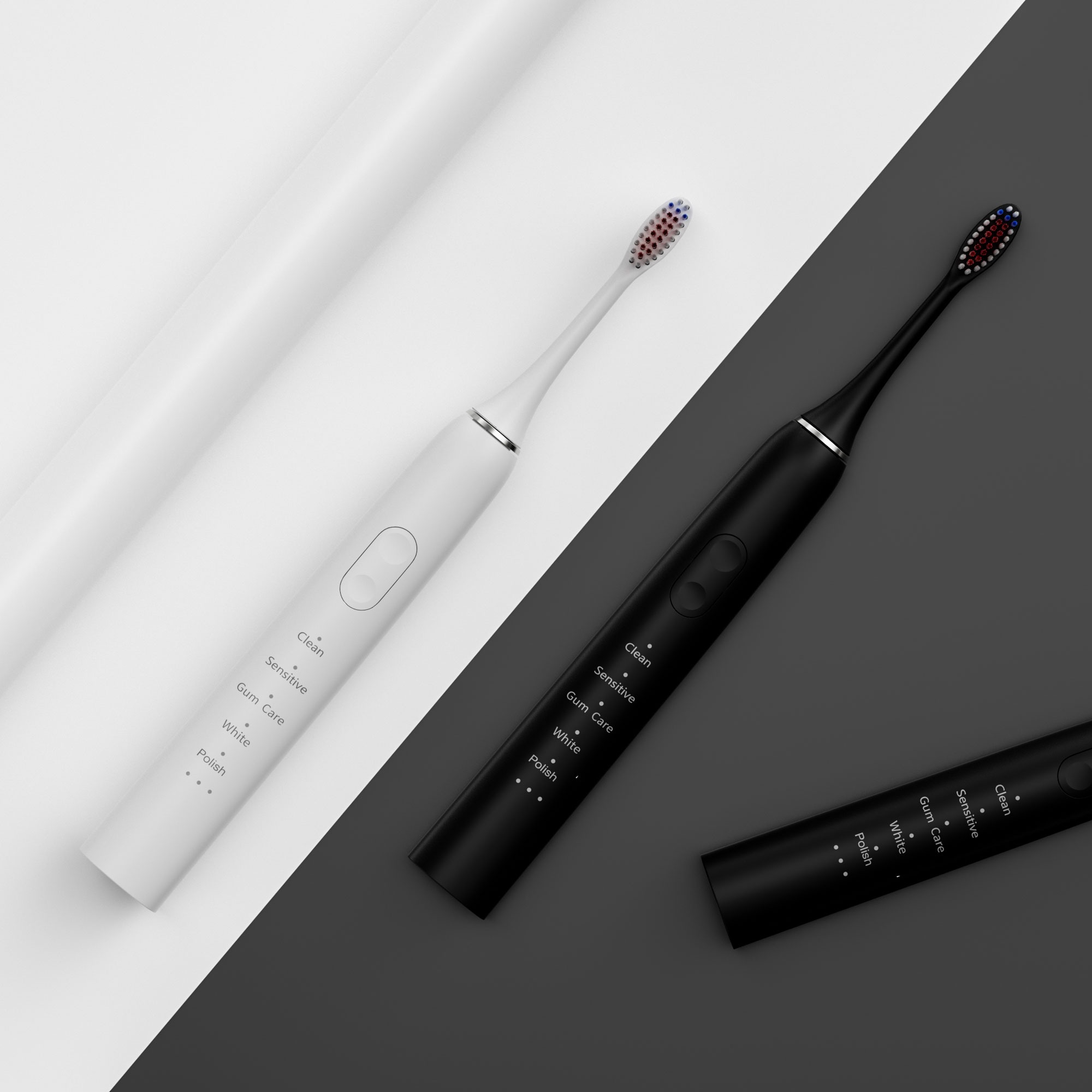Many high-end oral-care devices suffer from frequency instability and smart timer malfunction, leading to reduced cleaning effectiveness, poor user experience, and increased after-sales repairs. To resolve this dual challenge, B2B manufacturers must address six key areas—from hardware design and firmware logic to rigorous testing and user education.
First, frequency instability often stems from deficiencies in the motor driver circuit and feedback loop:
Improving both circuitry and closed-loop algorithms is the first step to stabilizing vibration frequency.
Next, smart timer malfunction often relates to imprecise timing hardware and firmware:
Upgrading to a stable clock source and optimizing interrupt scheduling are essential for reliable timing.company web: https://www.powsmart.com/product/electric-toothbrush/

Left unresolved, frequency and timer issues reinforce each other:
These cascading failures highlight the need for a holistic fix.
To address both problems, B2B manufacturers can implement:
This synergy of hardware and firmware tuning is key to building high-reliability devices.
Additionally, thorough validation is vital before shipment:
Embedding these checks into your QMS guarantees consistent, stable performance.
Finally, reduce field failures and boost partner confidence with robust support:
A comprehensive service ecosystem ensures your products stay reliable and your channels stay satisfied.
Conclusion
When faced with frequency instability and smart timer malfunction, B2B manufacturers must act across six dimensions: feedback-loop design, clock upgrades, firmware scheduling, advanced testing, user education, and OTA support. By taking a systematic, data-driven approach, you can deliver truly reliable, intelligent oral-care devices. Contact us to collaborate on solving frequency and timing precision challenges!

.jpg)
Bluetooth-Enabled Electric Toothbrushes: Customization & Bulk Order Guide

How Dentists Start an Electric Toothbrush Business Introduction
How Does Allergen Testing Prevent Bleach Residuals?

Complete Analysis of Teeth Whitening Gel Ingredients: Safe Hydrogen Peroxide Levels, Desensitizing Agents & pH Balance
Handle Grip Design Affecting Mucosal Irritation?

Cutting-edge tech makes us apart from other electric toothbrush manufacturers

How to Effectively Reduce the After-Sales Return Rate of Electric Toothbrushes
Why Self-Developed Motors Matter in Electric Toothbrushes?

Why Does the Oral Irrigator Make Abnormal Noise After Being Used for a Period of Time?

Market Analysis of Red and Blue Light Teeth Whitening Devices: How to Find a Teeth Whitening Device Breakthrough in Differentiated Technology?

Electric Toothbrush Wholesale Market Analysis: Some of the Best-Selling Models in 2025
Does Toothbrush Battery Life Impact Gum Recession Risk?

Electric Toothbrush Laser Engraving LOGO Process: How to Set the Depth, Speed and Power Parameters?
.jpg)
Gentle Oral Care Products for Sensitive Gums: A Guide for Brands Seeking the Right Manufacturer

What types of batteries are currently available for electric toothbrushes?

A Guide to the Pros and Cons of Two-in-One Electric Toothbrushes and Oral Irrigators

Customization Teeth Whitening Gel

electric toothbrush heads Deep Clean

Private Label Whitening Gel

electric toothbrush heads Regular Clean
.jpg)
Florida Electric Toothbrush – Powsmart PTR-C8

electric toothbrush heads Charcoal Infuse-Round

Electric toothbrush heads Charcoal Infused-Diamond

electric toothbrush heads Ultra Soft
whstapp
whstapp
National Toll-Free Service Hotline
+86 755 86238638